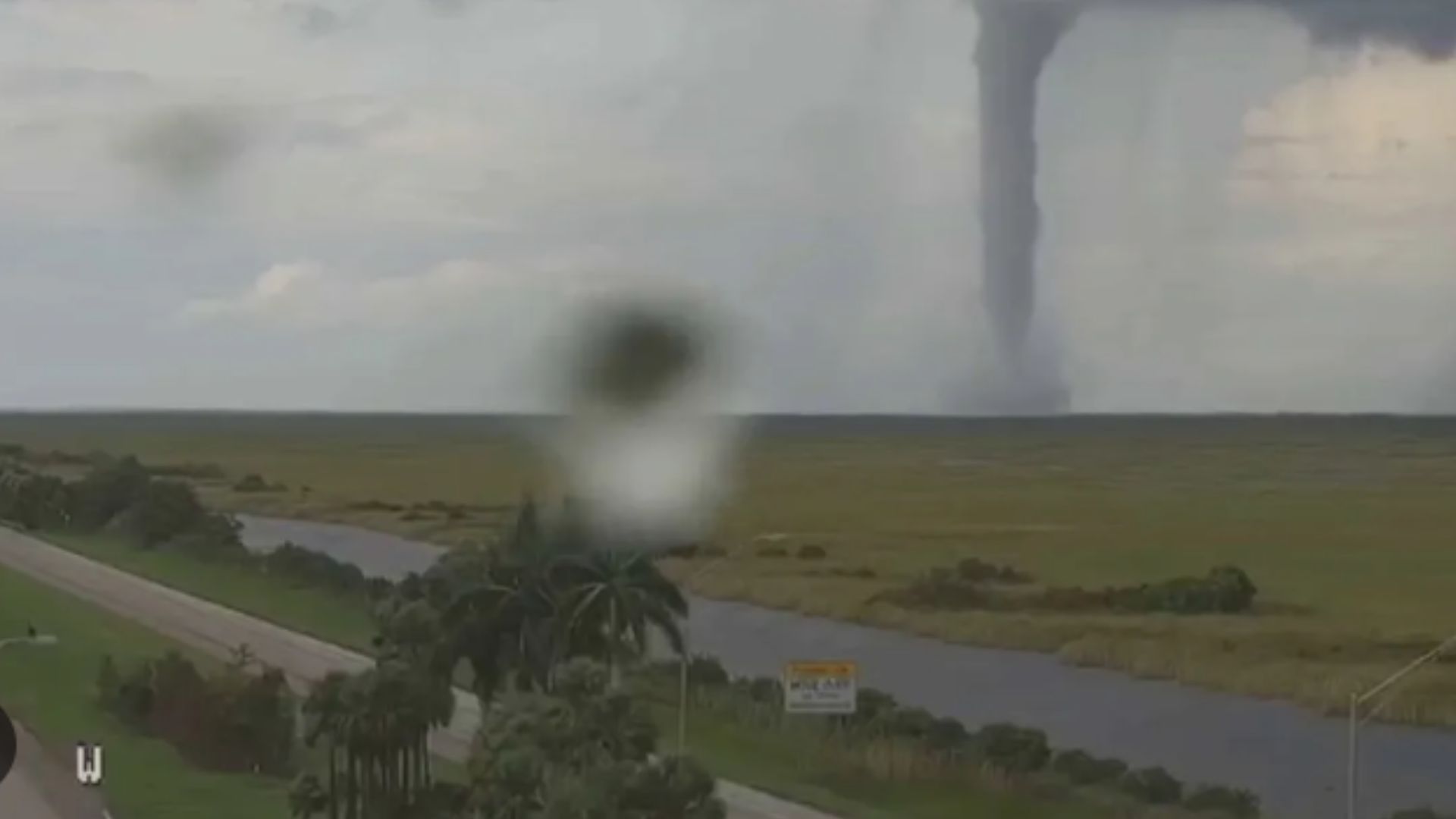On Wednesday, South Florida was under sporadic tornado warnings ahead of Hurricane Milton, with multiple tornado touchdowns confirmed. As Milton’s outer bands went through, two tornadoes touched down in Broward County west of U.S. 27 and north of Alligator Alley earlier in the day.
Ines Vegas, who lives on the 18th floor of an apartment building facing west, witnessed the tornado from her balcony. “Impressive to see it that close,” she said in Spanish. Drivers on Alligator Alley and at the Everglades Toll Plaza also saw the tornado. Initially, there may have been another tornado in Collier County and one in Palm Beach. As of 6 p.m., the National Weather Service in Miami had issued 55 tornado warnings, with at least nine confirmed in the NWS Miami area.
Florida Governor Ron DeSantis later stated that there were 116 tornado warnings and 19 touchdowns. In case of a tornado warning:
- The National Weather Service advises residents to seek shelter.
- Move into an inside room on the ground floor of a strong structure.
- Avoid windows.
- If you are outside, in a mobile home, or a car, go to the nearest substantial shelter to protect yourself from flying debris.

Why do Hurricanes Increase the Risk of Tornadoes?
Hurricanes are most known for the wind, surge, and rain dangers that they bring. Tornadoes, on the other hand, are a common threat that emerges from the outer rain bands. Tornadoes are often seen on the hurricane’s eastern side, also known as the system’s strongest or “dirty” side. Waterspouts are prevalent in South Florida, but tropical tornadoes arise when the outer band, known as squall lines, moves onshore and generates elevated wind shear.
The outer bands shoot off and away from the center of circulation, scurrying. As they approach shore, the wind at the surface begins to calm down. This will result in rapid but frequent spin-up tornadoes.
The change in direction results from the hurricane’s natural counterclockwise spin, but the outer bands are moving away from the core. These are often much shorter-lived and weaker than the vast supercell tornadoes produced by single-spinning thunderstorms.


